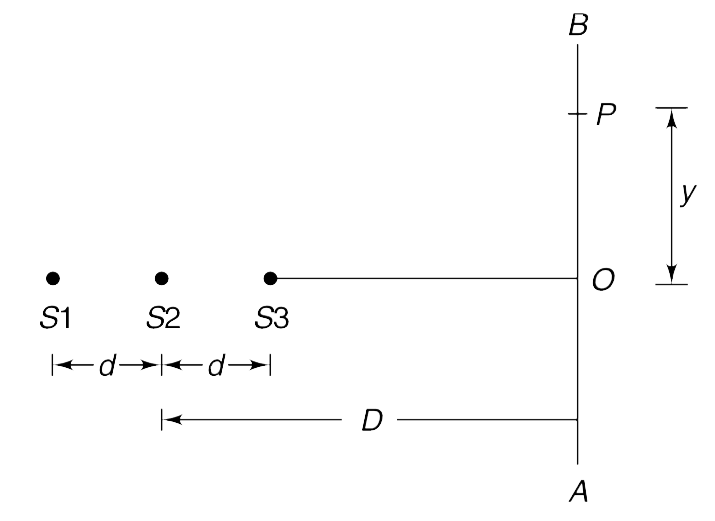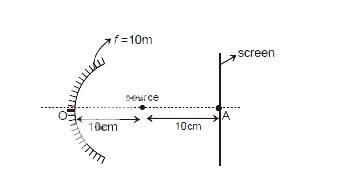The sound emitted by a source reaches a particular position with an intensity I1 . What is the change in intensity level when another identical source is placed next to the first ( there is no fixed phase relation between the sources.)
If the initial and final intensities are I1andI2 , then the two intensity levels are
β1=10logI1I0,b2=10logI2I0
The change in level is
β2−β1=10logI2I1
10log2=3dB
Thus, when the intensity doubles the intensity level changes by 3 dB. The response of the ear roughly corresponds to this logarithmic scale. The smallest change in level that can be
Topper's Solved these Questions
- SOUND WAVESBook:MOTIONChapter:SOUND WAVESExercise:Questions for practice
Explore 12 Videos
- SOUND WAVESBook:MOTIONChapter:SOUND WAVESExercise:Exercise - 1
Explore 82 Videos
- SOUND WAVESBook:MOTIONChapter:SOUND WAVESExercise:EXERCISE - 4 ( LEVEL II)
Explore 24 Videos
- SIMPLE HARONIC MOTION Book:MOTIONChapter:SIMPLE HARONIC MOTION Exercise:EXERCISE -4 (Leve-II) [ JEE 2011]
Explore 11 Videos
- SURFACE TENSIONBook:MOTIONChapter:SURFACE TENSIONExercise:Exercise - 3 | Section - B Previous Year Problems | AIEEE
Explore 12 Videos
Similar Questions
Two sound waves from two different sources interfere at a point to yield a sound of varying intensity. The intensity level between the maximum and minimum is 20 dB. What is the ratio of the intensities of the individual waves?
View SolutionA monochromatic point source(S1) is at a distance d from a screen. Another identical source (S2) is at a large distance from the screen. The two sources are on a line which is perpendicular to the screen. Sources are coherent. What is the shape of interference fringes on the screen?
(b) Three identical coherent sources are placed on a straight line with two neighbouring ones separated by a distance d = 0.06 mm. The sources produce monochromatic light of wavelength λ = 550.4 nm. A line AB is located at a distance D = 2.50 m from the sources and is perpendicular to line joining the three sources. Intensity of light at P with any one of the sources switched on is Io. Find the intensity when all three sources are switched on. Distance of point P from O isy = 1.72 cm (see figure)

View Solution
Knowledge Check
The sound level at a point 5-0 m away from a point source is 40 dB. What will be the level at a point 50 m away from the source ?
A26 dBB16dBC23dBD32dBAt a distance of 5.0 m from a point sound source, the sound intensity level is 110 dB. At what distance is the intensity level 95 dB?
A5.0 mB14 mC7.1 mD28 mThere are 10 sound sources each producing intensity I at a point independently. They are incoherent. Average intensity of sound at that point will be:
AIB10IC100ID0
The intensities of two light sources are I and 91 .If the phase difference between the waves is pi then resultant intensity will be :-
View SolutionIntensity at A due to source is I. Without concave mirror, then find out the intensity of A after placing concave mirror.

View SolutionIntensity at A due to source is I. Without concave mirror, then find out the intensity of A after placing concave mirror.

View SolutionThe intensity of each coherent source is I0 . Which of the following gives the intensity at a point where the phase difference between the superposing waves is ϕ
View SolutionWaves from two different sources overlap near a particular point. The amplitude and the frequency of the two waves are same. The ratio of the intensity when the two waves arrive in phase to that when they arrive 90∘ out phase is
View Solution

